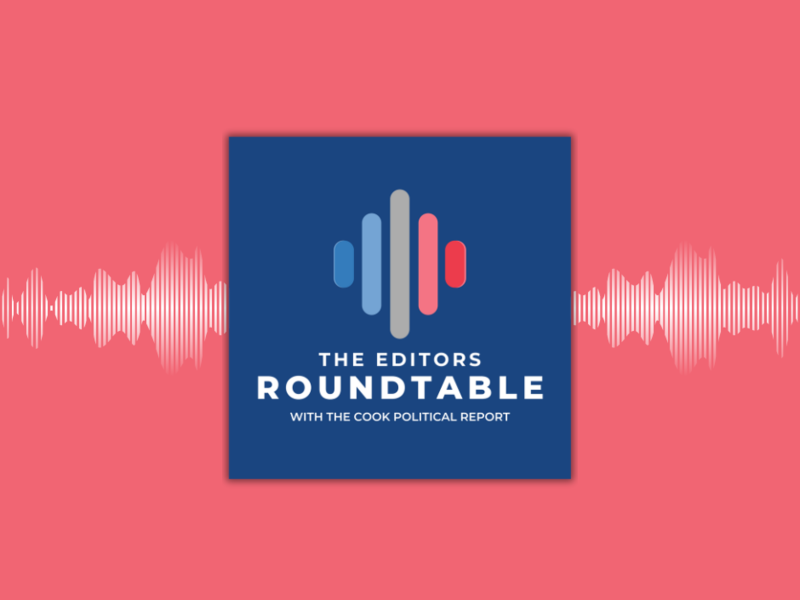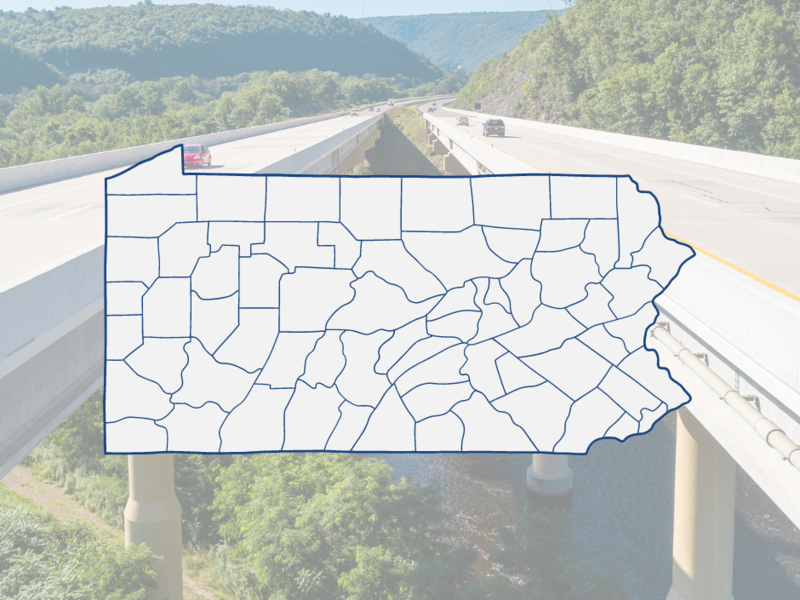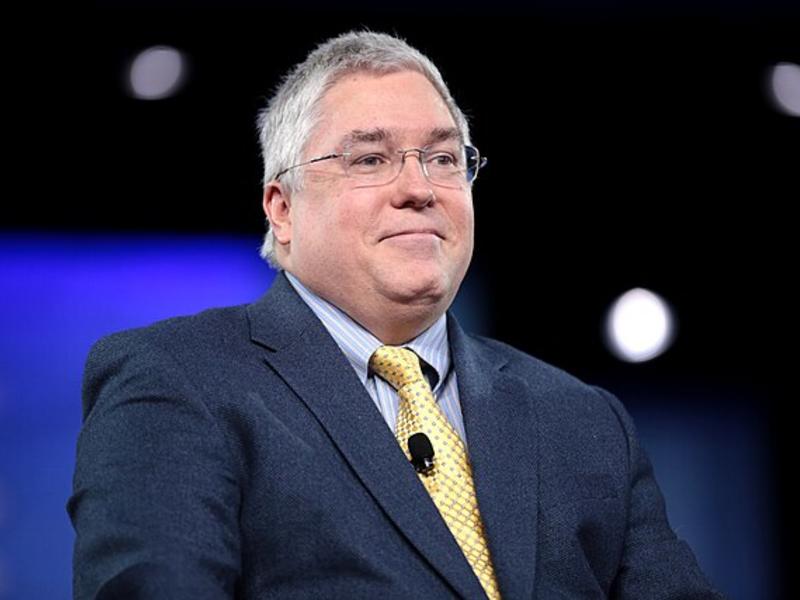
Alot of people are expecting enormous fallout from President Trump’s meetings with NATO leaders in Brussels and summit in Helsinki with Russian President Vladimir Putin. Many clearly believe that all of this will be cataclysmic for president and his party. While I wouldn’t be surprised if the events of the last 10 days cost Trump a point or two in his national approval ratings, and he certainly did his party no favors in their challenge to get Republicans to turn out this fall, those who are predicting a political catastrophe may turn out to be both wrong and disappointed.
Republicans are distinct underdogs to keep control of the House. But let’s face it: The Republican majority has been in real jeopardy for a long time; this didn’t suddenly happen from his meetings in Brussels or Helsinki, or for that matter over the last few months because of the issue of children and illegal immigration (the Senate, fought on very different terrain, is a different story).
Think of Americans in terms of three broad groups. In no particular order, the first is made up of Republicans and conservatives. Given the 80-90 percent approval ratings among Republicans that Trump routinely gets, it is reasonable to assume that most love or like him and the job he is doing or are at least quite sympathetic with most of his policy positions and actions. At minimum, as the proverb says, “The enemy of my enemy is my friend.” Most Republicans and conservatives hate the same people that he does: liberals, Democrats, the media, elites, and those who live in urban areas and the East and West Coasts. More conventionally wired Republicans—that is, non-tea-party Republicans—may not be wild about Trump’s behavior and disagree on some of his policy actions. But many of these held their noses and voted for him in 2016 because of judicial nominations; and his two picks for the Supreme Court, along with lower-court nominations, have validated that support in their minds.
Republicans may or may not turn out in big numbers in the midterm elections, but few have defected from him or the party, even with the events of the last month. Anyone who hadn’t abandoned him before his trip to Europe isn’t likely to do so now. To the extent that Republican elected officials and candidates are unnerved by things the president has said and done, they are deathly afraid to criticize him publicly. This Republican base has not shown much tolerance for dissent: See Flake, Jeff, and Corker, Bob. The key among Republicans and conservatives is not defections; it is turnout.
The second group is made up of Democrats and liberals. They don’t agree with or like Trump at all—never have, never will, and won’t change. The only thing that has changed is that their intensity has gotten greater, increasing the potential for Democratic turnout this fall to be substantially higher than that of Republicans. That trend already existed before those recent events. And once someone casts votes for Democrats up and down the ballot, they can’t vote twice. Once someone feels enough intensity to guarantee them voting, other than giving money or volunteering, a further increase in intensity doesn’t make much difference.
The third group is independents. The bad news for Republicans is that Trump’s approval rating among independents was just between 40 and 45 percent and will likely drop a bit because of recent events. The better news for Republicans is that increasingly, independents read, watch, and listen to less news than partisans, so they are less likely to be much aware of what is going on. Many of them approach anything coming from the media with a more-than-healthy degree of skepticism, not so much because they see the media as too liberal or for that matter too corporatist, but just because they have heard a lot of bad things about the media and are mistrustful of everything. To the extent that they pay less attention to news, the volatility of their attitudes is lower, as they don’t live and breathe this stuff the way partisans and ideologues do.
The other good thing for Republicans is that true independents don’t vote much. Basically, 80 percent of the people who identify as independents but concede that they lean more toward the Republican Party consistently vote Republican. Similarly, 80 percent of those who confess to leaning toward the Democratic Party reliably vote Democrat. Functionally speaking, both groups are partisan. The share of Americans who are purely independent, who don’t lean toward either party, is in single digits, and they don’t vote much. So a drop in Trump’s approval rating among independents isn’t quite as impactful as it would seem.
To be sure, Trump is putting his supporters and his party through some pretty tough stress tests. His tariffs and the beginning of a trade war will test his backing among many in the farm community, but they haven’t seen a huge decline in his support in rural and small-town America, in the heartland and Deep South. It might happen, but there is little evidence yet. The same with manufacturing workers: They may see a negative effect, but there's no evidence yet of a bad political impact. Noncollege white men have not yet abandoned him. So watch all of this carefully, but don’t expect the hair-on-fire thing to be as widespread as it may seem on cable television.
This story was originally published on nationaljournal.com on July 20, 2018










Subscribe Today
Our subscribers have first access to individual race pages for each House, Senate and Governors race, which will include race ratings (each race is rated on a seven-point scale) and a narrative analysis pertaining to that race.